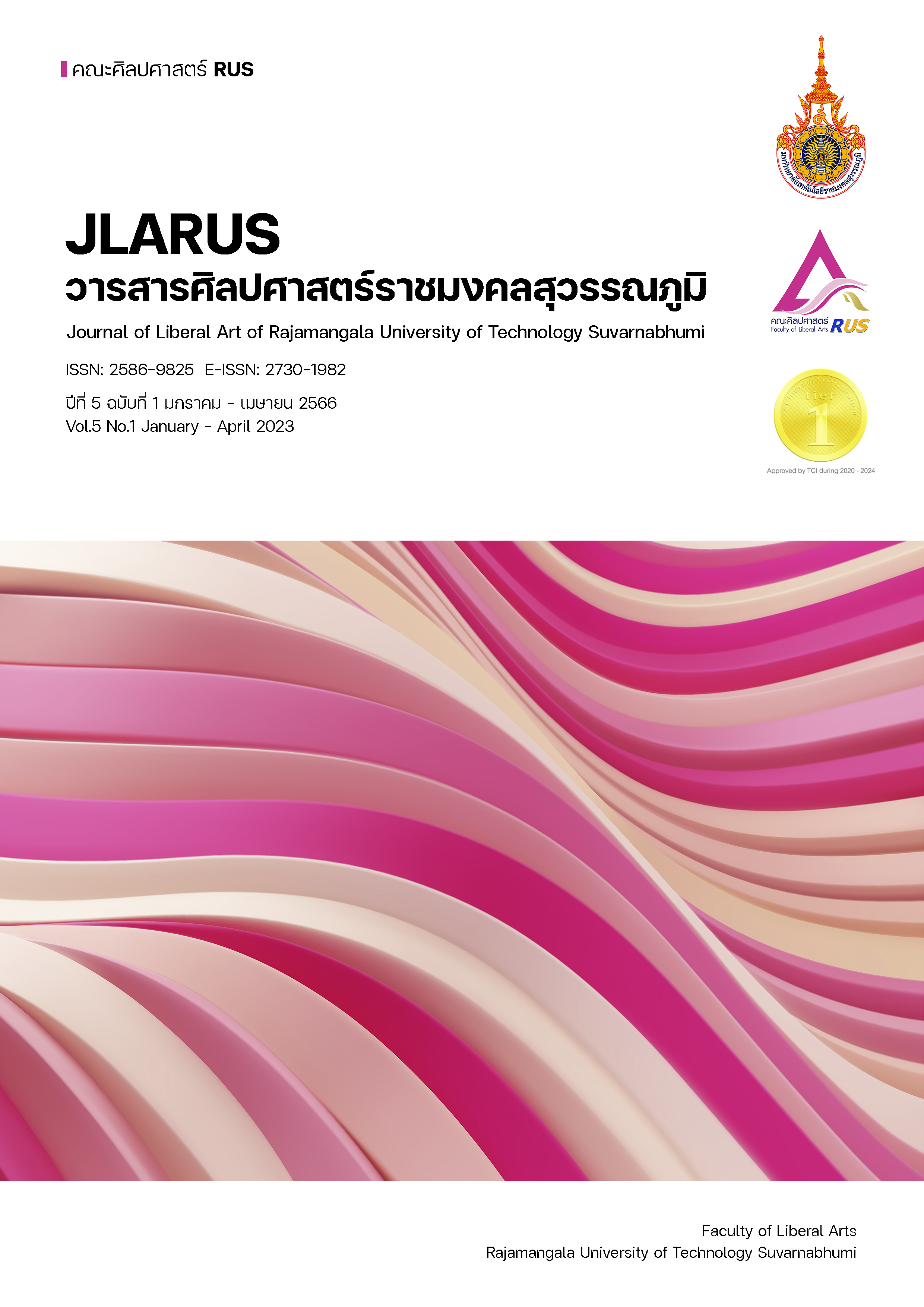THE HIDDEN CULTURE IN CHINESE FAN TRADITIONS
Main Article Content
Abstract
This academic article discusses the link between the fan's development period and its social background. The oldest sample of the fan culture in the eastern hemisphere originated in China. The custom of using the fan is an important part of its millenary traditional culture. Since the first centuries of its existence, China has been known as “a kingdom of fan”. In addition to the usefulness of these fans have continued to perform important functions since ancient China, as a social and cultural ornament. Early Chinese fans were made of bamboo or feathers, fanned by courtiers. The fans used by nobles typically had long handle. Court officials were used to possess a personal fan, made of silk. The use of this type of fan continued as a tradition until the Tang Dynasty in AD. 618. Inside the Emperor's Hall, there are 156 long handle fans of different colors, adorned for the emperor, 24 fans for the Empress, and 10 for the Princess. Over 3,000 years of reforms, fan developed into many types. Fan elements, design of shapes, patterns, techniques and colors are beautiful and has a unique local character. In addition, these elements often indicate ethnicity, user status and people's way of life, which is like a mirror that reflects the history of society in China, also show the culture that is hidden in the Chinese fan traditions, through gestures in the use of fans and the fan characteristics used from historical painting evidence.
Article Details

This work is licensed under a Creative Commons Attribution-NonCommercial-NoDerivatives 4.0 International License.
References
ณัฐวรรณ สมตัว. (2560). การถ่ายทอดวัฒนธรรมของระบำพัดจีนและระบำพัดเกาหลี. (วิทยานิพนธ์ปริญญาบัณฑิต). กรุงเทพมหานคร: มหาวิทยาลัยศิลปากร.
ประภาศรี สีหอำไพ. (2532). วัฒนธรรมเกี่ยวกับภาษาและวรรณคดี. กรุงเทพมหานคร: โครงการตำราและเอกสารทางวิชาการ คณะครุศาสตร์จุฬาลงกรณ์มหาวิทยาลัย.
มาลินี คัมภีรญาณนนท์. (2547). ตามรอยมรดกวัฒนธรรมจีนในสมัยรัตนโกสินทร์ตอนต้น: มุมมองจากจิตรกรรมฝาผนัง. (ในรายงานวิจัย). กรุงเทพมหานคร: สถาบันวิจัยและพัฒนา มหาวิทยาลัยศิลปากร.
อมรรัตน์ เทพกำปนาท. (2551). ความหมายวัฒนธรรม. สืบค้น 3 สิงหาคม 2565. จาก http://www.
openbase.in.th/node/5954.
Dai, C. (2015). Beyond Vision—Ancient Chinese Painting the Picture. [Unpublished doctoral dissertation]. Qingdao: Qingdao University of Science and Technology.
Du, X. (2020). Research on the Application of Round Fan in Chinese Classical Dance. [Unpublished doctoral dissertation]. Qingdao: Qingdao University.
Gai, W. (2016). The Study of Poems and Articles of Fan in the Tang Dynasty. [Unpublished doctoral dissertation]. Xi'an: Northwestern University.
Guan, Z. (2017). A Research of Folding Fan Culture from historical View on Ming-Qing Dynasty. [Unpublished doctoral dissertation]. Harbin: Harbin Normal University.
Ji, S. (2021). Study on Design Aesthetics value in Chinese ancient fan. [Unpublished doctoral dissertation]. Jinan: Qilu University of Technology.
Jin, C. (1998). Ancient and Modern Notes. Liaoning: Liaoning Education Press.
Liu, C. (2014). The aesthetics of round fan under the feminist perspective. [Unpublished doctoral dissertation]. Wuxi: Jiangnan University.
Lu, X. (2016). The study of the fan image in the Tang Poetry. [Unpublished doctoral dissertation]. Guangzhou: Jinan University.
Song, Na. (2015). The Research of Chinese Traditional Fan Design. [Unpublished doctoral dissertation]. Jiangxi: Jingdezhen Ceramic Institute.
Tian, Y. (2019). A Comparative Study of Folding Fan Cultures between China and Japan from the Perspective of Semiotics. [Unpublished doctoral dissertation]. Hainan: Hainan Normal University.


